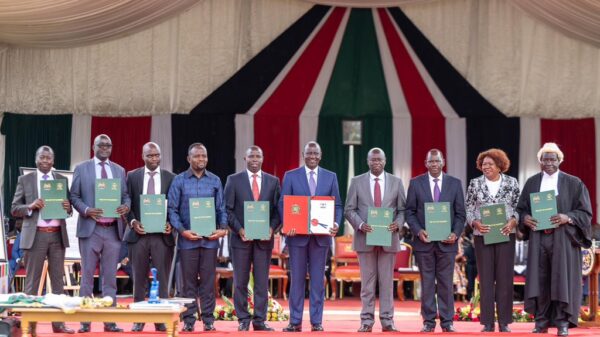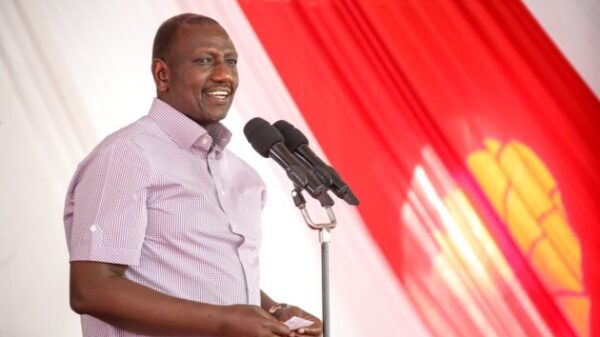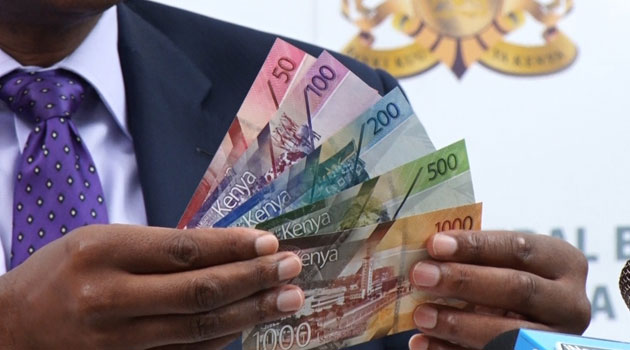NAIROBI, Kenya Mar 3 – Kenya’s annual inflation rate rose to 5.2 percent for the month of February up from 4.7 percent in January.
Releasing the data on Monday, Kenya National Bureau of Statistics Director General Anthony Kilele said the rise was influenced by the reconstitution of the Consumer Price Index basket of goods.
Mr Kilele said the new basket is meant to capture changing consumer patterns as well regional consumption of specific goods and services.
“The splitting out by regions will help you identify for instance insignificant products. For example in North Easter province cooking gas is virtually unheard of while firewood is mostly used in the rural areas,” Mr Kilele said.
The reconstituted index is also aimed at reflecting current household spending patterns removing the upward bias.
Consumer prices rose 0.3 percent on account of the food and non-alcoholic index which went up by 0.6 percent from 106.6 points in January to 107.3 points.
“This is as a result of a rise in prices of some food commodities slightly outweighing falls in other places,” he said.
The new basket has seen the inclusion of items such as airtime, pork, lab tests, camel meat, internet costs and parking charges come into the fray.
Other items included into the list include; boda boda fares, optician services, wimbi flour, arrowroots, computers, mobile handsets, capsicum, fresh unpacked milk and mineral water.
KNBS has also expanded the basket of goods used to calculate the consumer price index to 12 categories from 10 to reflect changes in spending habits.
The expansion has seen some groups split while others merged. Transport and communication, recreation and education form groups of their own while fuel and power and power have been clustered together with housing and water.
The two new groups are restaurants and hotels, miscellaneous goods and services.
The base year changed to February 2009 from October 1999 and the contribution of food was cut to 36.04 percent.
KNBS changed its inflation calculation formula from arithmetic to geometric in October, which saw inflation figures drop from double to single digit figures.
The new methodology is meant to enhance the country’s attractiveness as an investment destination as opposed to the previous methodology that affected it.
Prices of tomatoes, rice, cabbage and pawpaws rose by 12.8, 2.9 5.2 and 4 percent while those of milk, maize grain and potatoes fell from Sh54.75 in January to Sh49.90 in February.
The indices for transport, housing, water, electricity, gas and other fuels remained almost constant as a result of significant falls in the prices of electricity, and boda boda fares among other non food items.



































